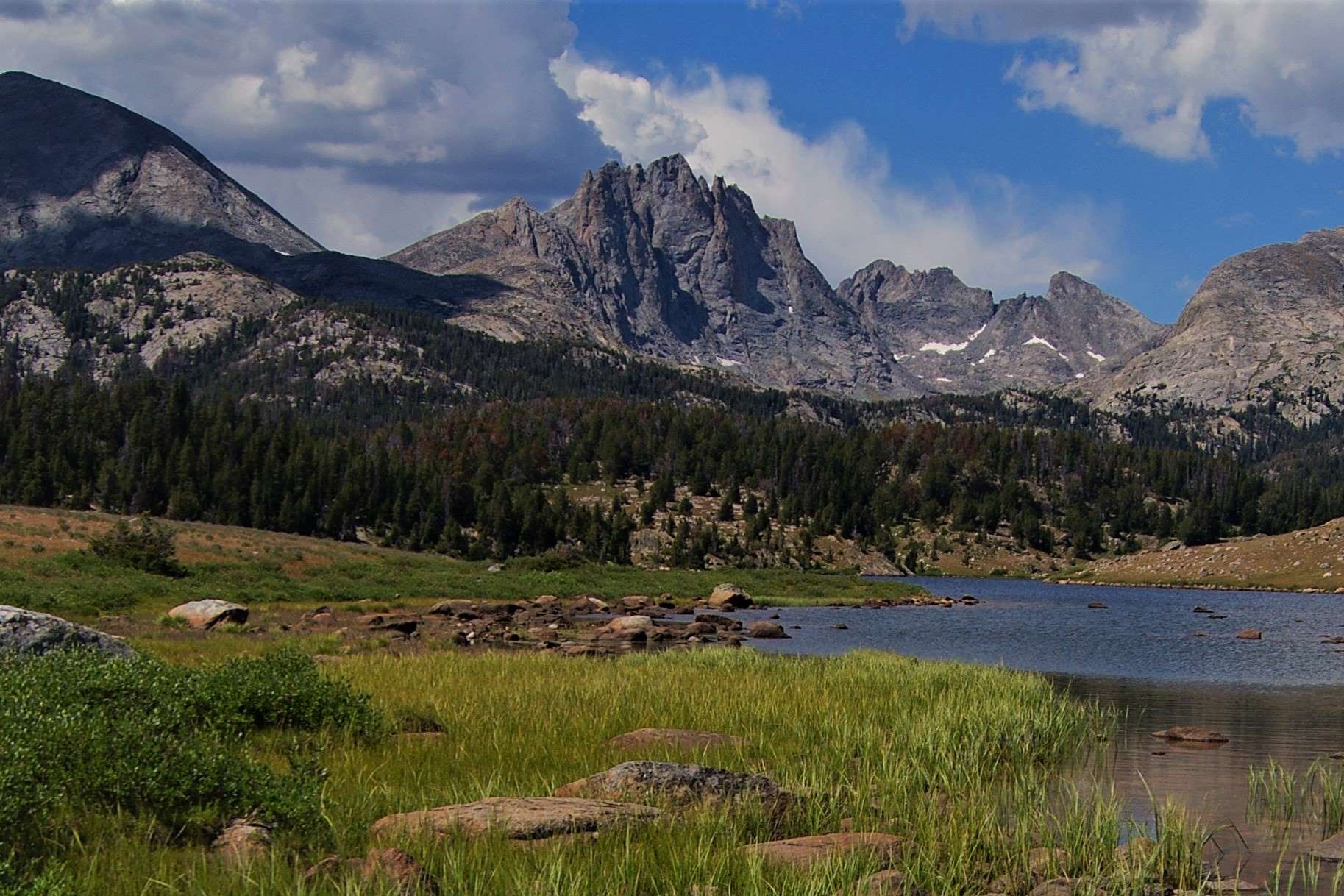Lost Trading Posts Of Wyoming’s Fort Bonneville

Have you ever thought about the lost trading posts of Wyoming's Fort Bonneville? This historic site, once bustling with traders and travelers, now stands as a silent witness to the past. Located in the rugged landscapes of Wyoming, Fort Bonneville was established in the early 1830s by Captain Benjamin Bonneville. It served as a hub for fur traders and explorers during the westward expansion. Though the fort itself didn't last long, its impact on the region was significant. Today, visitors can imagine the lively exchanges that took place here, surrounded by the breathtaking beauty of the Wyoming wilderness. Exploring the remnants of Fort Bonneville offers a glimpse into the challenges and triumphs of those who lived and traded in this remote frontier. Whether you're a history buff or just curious about the past, the story of Fort Bonneville is a captivating chapter in America's history.
The Allure of Wyoming's Lost Trading Posts
Wyoming, with its sweeping plains and rugged mountains, holds secrets of the past. Among these are the lost trading posts that once thrived in the region. Fort Bonneville, a name that echoes through history, was one such hub of commerce and culture. Let's uncover the stories of these forgotten places.
1. Fort Bonneville: The First Trading Post
Fort Bonneville, established in 1832, was a beacon for traders and trappers. Located near the Green River, it served as a meeting point for Native Americans and fur traders. Though it was short-lived, its legacy remains.
- Location: Near present-day Pinedale, Wyoming
- Significance: First trading post in the region
- Legacy: Pioneered trade routes and cultural exchanges
2. Fort Bridger: A Hub of Activity
Fort Bridger, founded in 1843, became a bustling center for trade. It was strategically placed along the Oregon Trail, making it a vital stop for pioneers heading west. The fort's influence extended beyond commerce, impacting the social and cultural landscape.
- Location: Uinta County, Wyoming
- Significance: Key stop on the Oregon Trail
- Legacy: Influenced migration and settlement patterns
3. Fort Laramie: Gateway to the West
Fort Laramie, established in 1834, was more than just a trading post. It became a military outpost and a symbol of American expansion. Its strategic location made it a crucial point for travelers and traders alike.
- Location: Near the confluence of the Laramie and North Platte Rivers
- Significance: Military and trading post
- Legacy: Played a role in westward expansion
4. Fort Caspar: A Brief Yet Impactful Presence
Fort Caspar, though short-lived, left a mark on Wyoming's history. Established in 1859, it served as a military post and a trading center. Its location along the Oregon Trail made it a key stop for travelers.
- Location: Near present-day Casper, Wyoming
- Significance: Military and trading post
- Legacy: Provided protection and resources for travelers
5. Fort Reno: A Forgotten Outpost
Fort Reno, established in 1865, was one of the lesser-known trading posts. It played a role in the Indian Wars and served as a supply depot. Though it faded into obscurity, its contributions to the region's history are undeniable.
- Location: Near the Powder River
- Significance: Military and trading post
- Legacy: Part of the Indian Wars narrative
6. Fort Phil Kearny: A Site of Conflict
Fort Phil Kearny, built in 1866, was a focal point during the Red Cloud's War. It was a military post that also facilitated trade. The fort's history is marked by conflict and resilience.
- Location: Near the Bighorn Mountains
- Significance: Military post during Red Cloud's War
- Legacy: Symbol of conflict and perseverance
7. Fort Fetterman: A Strategic Stronghold
Fort Fetterman, established in 1867, served as a military and trading post. Its strategic location made it a key player in the Indian Wars. The fort's history is intertwined with the struggles and triumphs of the era.
- Location: Near the North Platte River
- Significance: Military and trading post
- Legacy: Played a role in the Indian Wars
8. Fort Supply: A Short-Lived Settlement
Fort Supply, founded in 1849, was a temporary settlement that supported the military. It also served as a trading post for a brief period. Despite its short existence, it contributed to the region's development.
- Location: Near the Green River
- Significance: Military and trading post
- Legacy: Supported military operations and trade
These lost trading posts of Wyoming, each with its unique story, paint a vivid picture of the past. They were more than just places of commerce; they were crossroads of culture, conflict, and change.
Rediscovering Fort Bonneville's Legacy
Fort Bonneville, once a bustling trading post in Wyoming, holds a rich history waiting to be uncovered. Though time has erased much of its physical presence, the stories and events that unfolded there continue to captivate those interested in the American frontier. This site served as a crucial hub for trappers, traders, and Native American tribes, fostering interactions that shaped the region's development. Exploring the lost trading posts of Fort Bonneville offers a glimpse into the challenges and triumphs faced by early settlers and indigenous peoples. While only remnants remain, the fort's legacy lives on through historical records and archaeological findings. Visiting the area today provides a unique opportunity to connect with the past, appreciate the resilience of those who lived there, and understand the complex dynamics that defined the era. Fort Bonneville's story is a testament to the enduring spirit of exploration and exchange.

